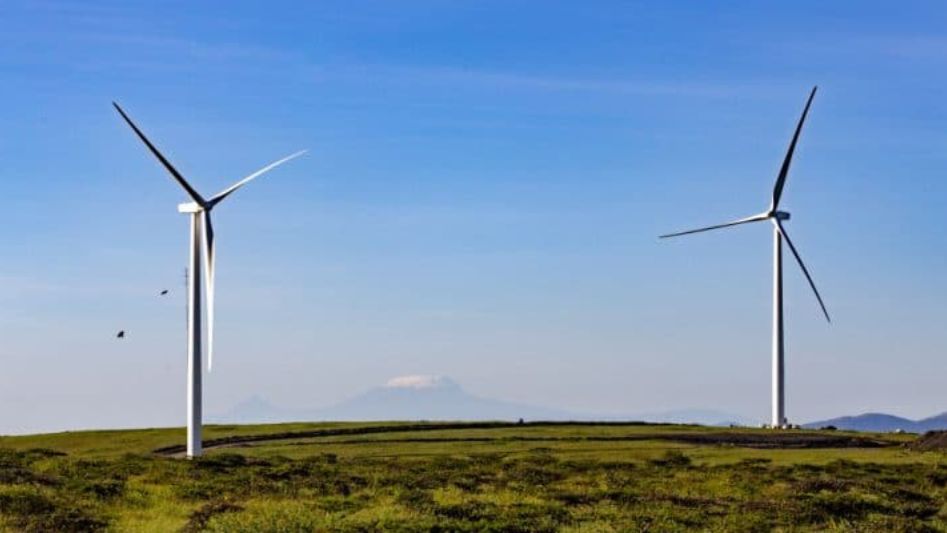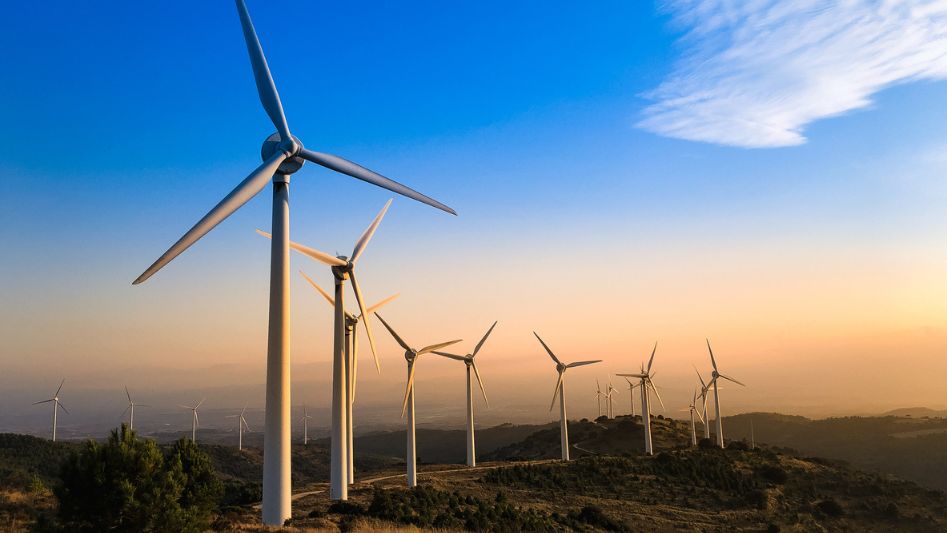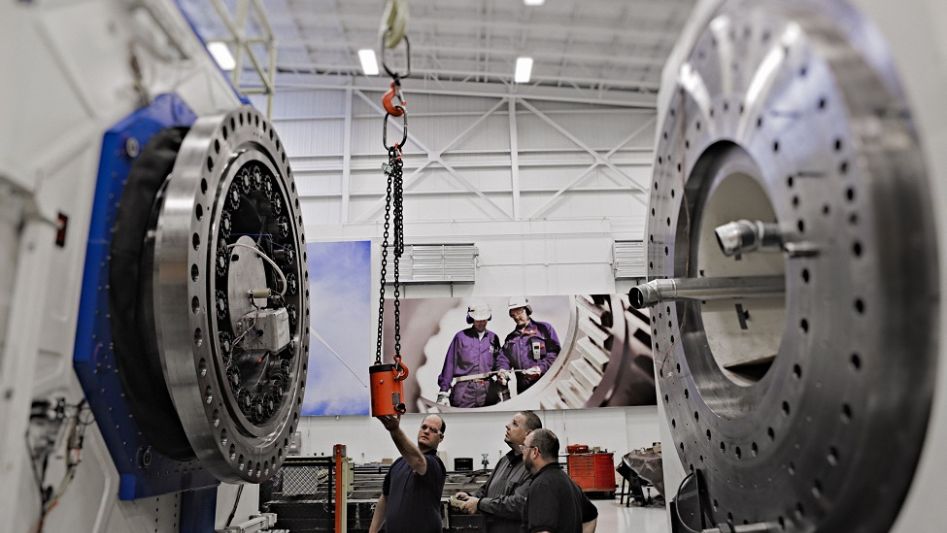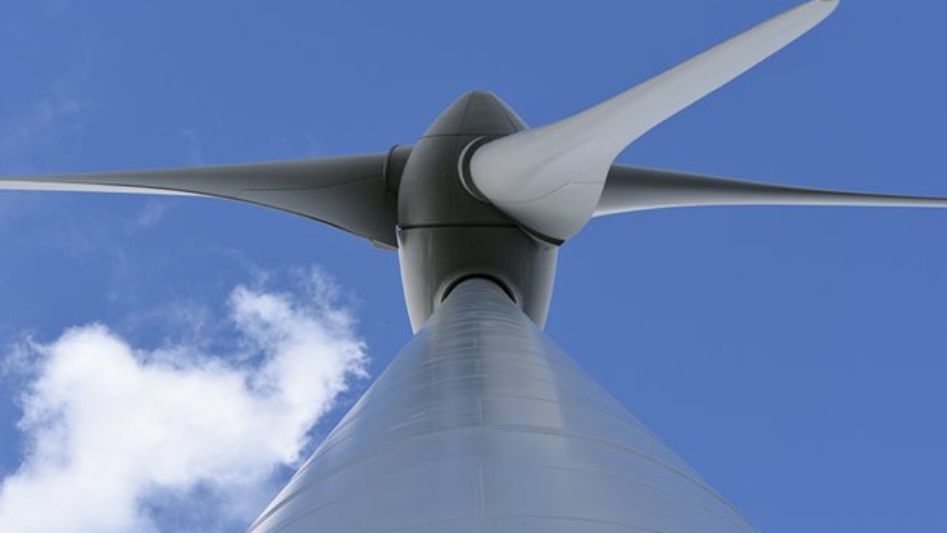As the world continues to shift towards sustainable and renewable energy sources, wind power has emerged as one of the most promising solutions. Wind turbines, which convert the kinetic energy of wind into electricity, have come a long way in terms of technology and efficiency. The advancements in wind turbine technology have led to bigger and more powerful turbines, smarter controls, and increased reliability. In this article, we’ll explore the latest innovations and trends in wind turbine technology, and how they’re changing the landscape of renewable energy.
Table Of Content
We invite you to read: “Wind Turbine Technology: Past, Present, and Future”

Bigger Blades for Higher Efficiency
One of the most significant advancements in wind turbine technology has been the development of larger blades. As the size of the blades increases, so does the amount of energy that can be harvested from the wind. Larger blades also mean that turbines can operate at lower wind speeds, increasing their efficiency and overall power output. Additionally, bigger blades can help reduce the number of turbines needed to generate the same amount of electricity, making wind power more cost-effective.
Smarter Controls for Increased Reliability
Wind turbines are complex machines that require sophisticated controls to operate effectively. With the advancements in technology, wind turbines are now equipped with sensors, software, and other tools that allow for real-time monitoring and analysis of their performance. This helps identify potential issues before they become significant problems, increasing the reliability and lifespan of the turbines. Additionally, advanced control systems can optimize the performance of the turbines based on factors such as wind speed and direction, further increasing their efficiency.
We invite you to read: “Improving Wind Turbine Efficiency through Aerospace Technology”

Innovative Designs for Improved Performance
In addition to bigger blades and smarter controls, wind turbine manufacturers are also exploring new designs to improve the performance of their turbines. For example, some companies are developing turbines with multiple rotors, which can capture more energy from the wind. Others are experimenting with vertical-axis turbines, which can operate in a wider range of wind speeds and directions. These innovative designs have the potential to revolutionize the wind power industry and make renewable energy even more accessible.
Conclusion
The advancements in wind turbine technology have made renewable energy more efficient and accessible than ever before. With bigger blades, smarter controls, and innovative designs, wind turbines are becoming a crucial component of the global shift towards sustainability. As technology continues to evolve, we can expect even more exciting developments in wind turbine technology that will further enhance their performance and reliability. The future of renewable energy looks brighter than ever, thanks to the advancements in wind turbine technology.
We invite you to read: “The Best Floating Multi-Turbine Technology for Wind Farms”

FAQ
How much energy can a single wind turbine generate?
The amount of energy generated by a wind turbine depends on several factors, including the size of the turbine and the speed and direction of the wind. A typical modern wind turbine can generate between 2-3 megawatts of electricity per hour, which is enough to power around 600 homes.
Are wind turbines noisy?
While wind turbines do make some noise, modern designs have significantly reduced the amount of noise they produce. Most turbines produce less noise than a typical conversation, and the sound is usually drowned out by the wind itself.
How long do wind turbines last?
The lifespan of a wind turbine can vary depending on several factors, including the quality of materials used, maintenance, and the environment in which it operates. On average, modern wind turbines have a lifespan of around 20-25 years.
You May Also Like
- Wind Energy and Grid Modernization: A Synergistic Approach
- The Advantages and Disadvantages of Community Wind Energy Projects
- Wind Turbine Maintenance: Best Practices and Tips
- The Benefits of Distributed Wind Energy Systems
- The Role of Government in Promoting Wind Energy

